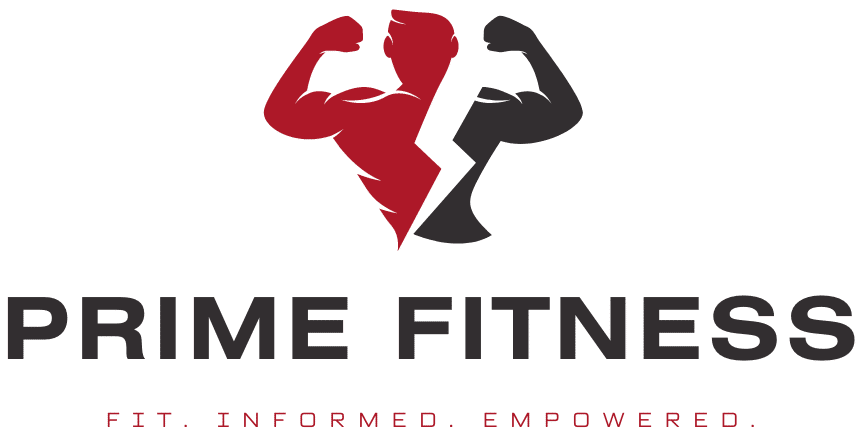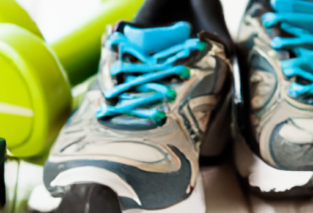In this article, you will learn about the best exercises that can help improve your flexibility. We will discuss various stretching exercises that target different parts of the body, including the legs, back, and shoulders. By incorporating these exercises into your routine, you can increase your range of motion and prevent injuries. So, let’s get started and discover the exercises that will make you feel more flexible and agile.
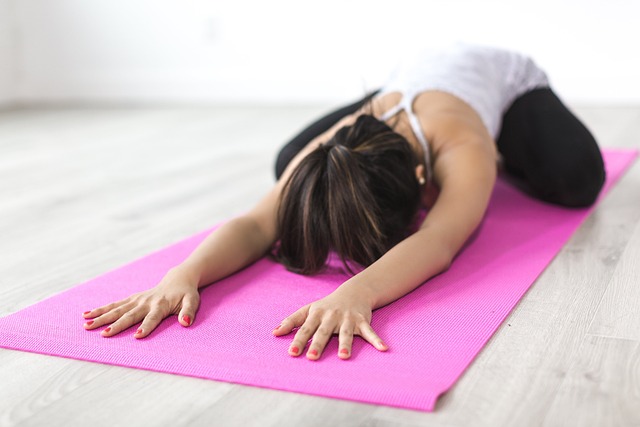
Overview
Improving flexibility is crucial not only for athletes and dancers but also for individuals of all ages and activity levels. Having good flexibility allows you to have a wider range of motion, better posture, and reduced risk of injuries. This article will explore different types of flexibility, factors affecting flexibility, and the best exercises and practices to enhance flexibility.
Understanding flexibility
Flexibility refers to the ability of a joint to move freely through its full range of motion. It involves the lengthening of muscles, tendons, and other soft tissues surrounding the joint. There are different types of flexibility, including static, dynamic, active, and passive flexibility.
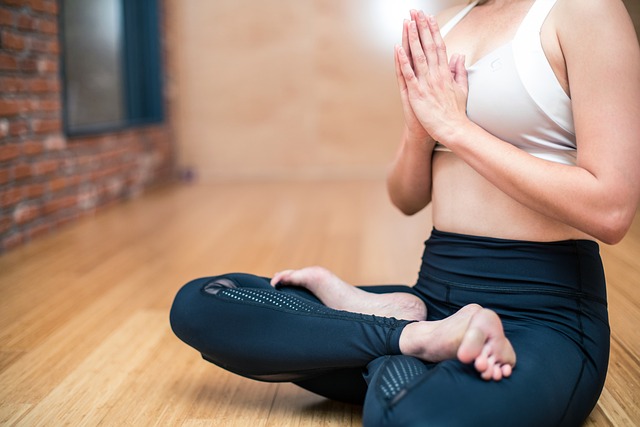
Why is flexibility important?
Having good flexibility is important for several reasons. Firstly, it helps in enhancing sports performance by enabling athletes to perform movements more effectively and efficiently. Secondly, flexibility plays a significant role in preventing injuries. When muscles and soft tissues are flexible, they are less prone to strains, sprains, and tears. Additionally, flexibility also aids in maintaining good posture, reducing muscle soreness, and improving overall quality of life.
Benefits of improving flexibility
By improving flexibility, you can experience several benefits. Increased flexibility promotes better joint mobility and reduces muscle tightness, which in turn improves athletic performance and reduces the risk of injuries. Furthermore, having better flexibility can enhance your posture, resulting in better alignment and decreased back pain. Lastly, improved flexibility can also enhance your body’s overall balance and coordination.
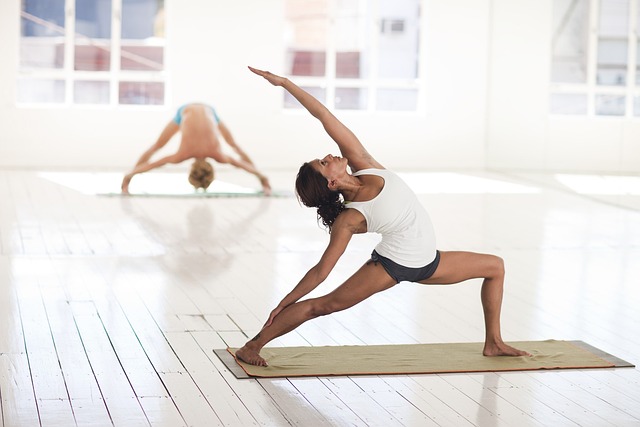
Types of Flexibility
Static flexibility
Static flexibility refers to the ability to stretch and hold a particular position for an extended period. It is commonly associated with traditional stretching exercises like holding a hamstring stretch or performing the splits. Static stretching is typically done without any movement or bouncing.
Dynamic flexibility
Dynamic flexibility involves stretching through movement. It is important for activities that require a large range of motion, such as dancing and gymnastics. Dynamic stretching involves controlled movements, mimicking the actions of the activity or sport you are preparing for.
Active flexibility
Active flexibility is the ability to move a joint through its full range of motion with the help of the agonist muscles. It requires strength and control in addition to flexibility. Active stretching exercises involve actively contracting the opposing muscles while lengthening the targeted muscle group.
Passive flexibility
Passive flexibility is the ability to hold and maintain a stretched position with the help of an external force, such as a partner or a prop. This type of flexibility is often used in assisted stretching techniques or during yoga sessions where props like blocks or straps are used to deepen a stretch.
Factors Affecting Flexibility
Several factors can influence an individual’s flexibility:
Age
As we age, our muscles and tendons naturally lose elasticity, resulting in a decrease in flexibility. However, regular flexibility training can help slow down this age-related decline.
Gender
In general, females tend to be more naturally flexible than males. This difference is due to various physiological factors, including differences in hormone levels and joint structure. However, with proper training, males can also achieve significant improvements in flexibility.
Genetics
Genetics play a role in determining an individual’s natural flexibility. Some people are born naturally more flexible than others. However, it is important to note that everyone can benefit from incorporating flexibility exercises into their routine, regardless of their genetic predisposition.
Physical activity level
Regular physical activity and exercise can enhance flexibility by maintaining joint health and keeping the muscles and tendons supple. Sedentary lifestyles can lead to muscle stiffness and decreased flexibility.
Injury or medical conditions
Injuries, surgeries, and certain medical conditions can affect an individual’s flexibility. Scar tissue, muscle imbalances, and inflammation can limit range of motion. However, with proper rehabilitation and guidance from a healthcare professional, flexibility can be improved.
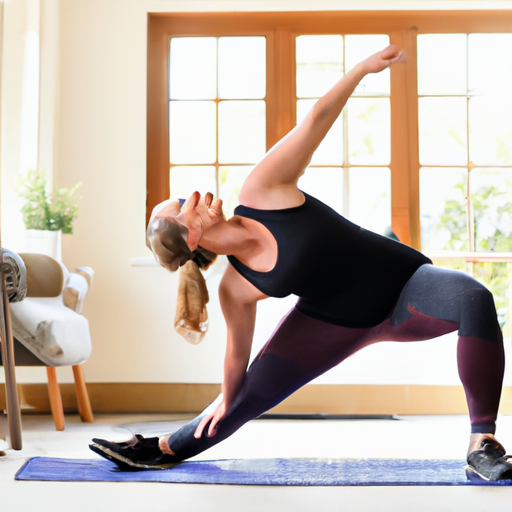
Stretching Exercises
There are various stretching exercises that can help improve flexibility. Here are some common ones:
Static stretching
Static stretching involves holding a stretch for a prolonged period, usually between 10 to 60 seconds. It helps to lengthen muscles and tendons gradually. Examples of static stretches include touching your toes or stretching your quadriceps by pulling your foot towards your glutes.
Dynamic stretching
Dynamic stretching involves controlled movements that take a joint or muscle through its full range of motion. These stretches are done in a more fluid motion, typically before exercise or physical activity. Examples include arm circles, walking lunges, and leg swings.
PNF stretching
Proprioceptive Neuromuscular Facilitation (PNF) stretching is a technique that combines passive stretching and isometric contractions. It utilizes the body’s proprioceptors to help increase flexibility. PNF stretching is often done with a partner and involves contracting and relaxing the muscle being stretched.
Ballistic stretching
Ballistic stretching involves using momentum and bouncing movements to stretch a muscle. While it can help improve flexibility, it is essential to perform ballistic stretching with caution to reduce the risk of injury.
Active isolated stretching
Active isolated stretching involves actively contracting the opposing muscle group while stretching the targeted muscle. This technique is often used by physical therapists and trainers to increase joint range of motion.
Yoga
Yoga is a holistic practice that combines physical postures, breath control, and meditation. It is known for its ability to increase flexibility, strength, and balance. Here are some aspects of yoga that can help improve flexibility:
Types of yoga for flexibility
Certain types of yoga, such as Hatha, Yin, and Vinyasa Flow, focus on improving flexibility. These styles incorporate different poses and sequences that lengthen and stretch the muscles.
Specific poses for improving flexibility
Yoga poses like Downward Dog, Triangle Pose, and Cobra Pose are effective in increasing flexibility in various parts of the body. These poses target different muscle groups and can be modified to suit individual needs and abilities.
Benefits of yoga for flexibility
Yoga not only helps increase flexibility but also improves overall body awareness, balance, and posture. Regular yoga practice can enhance joint mobility, reduce muscle tension, and promote relaxation.
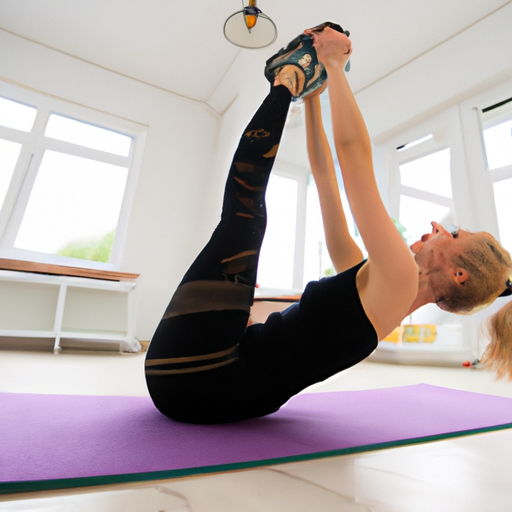
Pilates
Pilates is a low-impact exercise method that focuses on strengthening the core muscles, improving posture, and enhancing overall body awareness. It also plays a significant role in improving flexibility.
Flexibility in Pilates
Pilates exercises incorporate controlled movements that stretch and lengthen muscles. The emphasis on proper alignment and core engagement helps improve flexibility while maintaining stability.
Key Pilates exercises for improving flexibility
Exercises such as the Spine Stretch Forward, Swan Dive, and Mermaid can help increase flexibility in the spine, hips, and shoulders. These exercises focus on stretching and strengthening the muscles simultaneously.
Dance
Dance is an art form that requires a high level of flexibility, strength, and control. Various dance styles and movements can help improve overall flexibility.
Dance styles that enhance flexibility
Ballet, contemporary, and jazz dance styles typically involve a significant amount of stretching and conditioning, which helps enhance flexibility. These dance styles emphasize fluid movements and lengthening muscles.
Specific dance moves for increasing flexibility
Certain dance moves, such as splits, leg extensions, and backbends, specifically target and improve flexibility in the legs, hips, and spine.
Resistance Training
Incorporating resistance training into your flexibility routine can offer additional benefits. Here’s why:
Incorporating resistance training for better flexibility
Resistance training, using resistance bands or weights, helps strengthen the muscles and tissues surrounding the joints. This added strength supports and protects the joints, allowing for an increased range of motion.
Best exercises with resistance bands
Resistance bands can be used to perform exercises like hamstring curls, shoulder stretches, and hip abductions. These exercises promote flexibility by targeting specific muscle groups.
Benefits of resistance training for flexibility
Resistance training not only improves flexibility but also helps build strength and stability. It complements traditional stretching exercises by engaging the muscles in a different way.
Tips for Improving Flexibility
Here are some tips to help you improve flexibility effectively and safely:
Consistency in stretching routine
Consistency is key when it comes to improving flexibility. Incorporate stretching exercises into your daily routine or as part of your workout regimen. Aim for at least three days a week of dedicated stretching sessions.
Proper warm-up and cool-down
Always warm up your muscles before engaging in stretching exercises. A warm-up can include light cardio, such as jogging or cycling, followed by dynamic stretching. After your workout or stretching session, cool down with static stretches to help relax the muscles.
Gradual progression
Avoid pushing your body beyond its limits in an attempt to achieve quick results. Gradually increase the intensity and duration of your stretching exercises over time. Listen to your body and respect your limitations. Progress will come with consistent practice.
Listen to your body
Pay attention to how your body feels during and after stretching exercises. It’s normal to feel mild discomfort, but sharp pain or excessive discomfort could indicate an injury. If you experience pain, adjust the intensity or seek guidance from a qualified professional.
Post-workout recovery
After a stretching session or workout, allow your body time to recover. Adequate rest and proper nutrition are essential for the muscles to repair and grow. Ensure you are getting enough sleep and eating a balanced diet to support your flexibility goals.
Conclusion
Flexibility is a vital component of overall fitness and well-being. By incorporating a variety of stretching exercises, yoga, Pilates, dance, and resistance training into your routine, you can improve your flexibility and experience the numerous benefits it offers. Remember to listen to your body, be consistent, and have patience. With time and practice, you will notice significant improvements in your flexibility, which will enhance your athletic performance, reduce the risk of injuries, and improve your overall quality of life.
